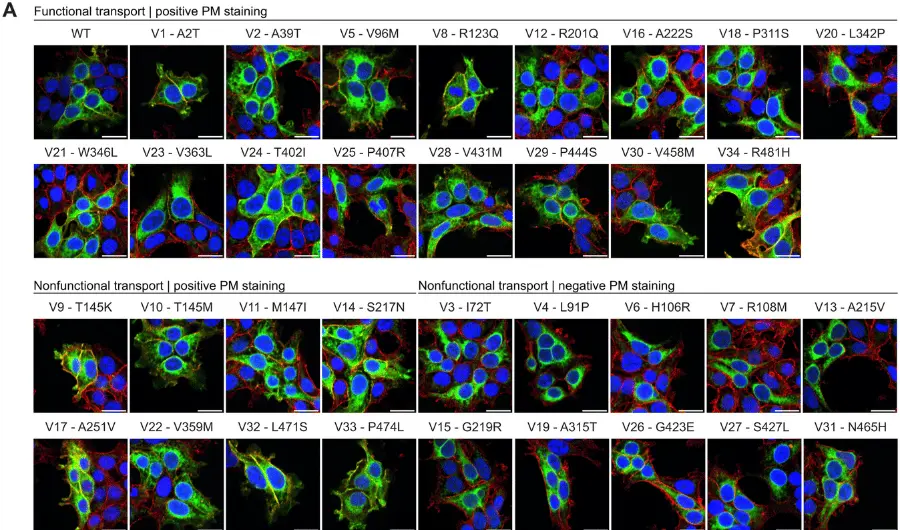Timing Matters: Impact of Anticonvulsant Drug Treatment and Spikes on Seizure Risk in Benign Epilepsy with Centrotemporal Spikes
June 29, 2018
Objective: BECTS is a common, self?limited epilepsy syndrome affecting school?age children. Classic interictal epileptiform discharges (IEDs) confirm diagnosis and BECTS is presumed to be pharmacoresponsive. As seizure risk decreases in time in this disease, we hypothesize that the impact of IEDs and ACD treatment on the risk of subsequent seizure will differ based on disease duration.
Methods: We calculate subsequent seizure risk following diagnosis in a large retrospective cohort of children with BECTS (n=130), evaluating the impact of IEDs and ACD treatment in the first, second, third, and fourth years of disease. We use a Kaplan?Meier survival analysis and logistic regression models. Patients were censored if they were lost to follow?up or if they changed group status.
Results: Two?thirds of children had a subsequent seizure within 2 years of diagnosis. The majority of children had a subsequent seizure within three years in spite of treatment. The presence of IEDs on EEG did not impact subsequent seizure risk early in the disease. By the fourth year of disease, all children without IEDs remained seizure free, whereas 1/3 of children with IEDs at this stage had a subsequent seizure. Conversely, ACD treatment corresponded with lower risk of seizure early in the disease, but did not impact seizure risk in later years.
Significance: In this cohort, the majority of children with benign epilepsy with cetrotemporal spikes had a subsequent seizure in spite of treatment. In addition, anticonvulsant drug treatment treatment and interictal epileptiform discharges predicted seizure risk at specific points of disease duration. Future prospective studies are needed to validate these exploratory findings.







